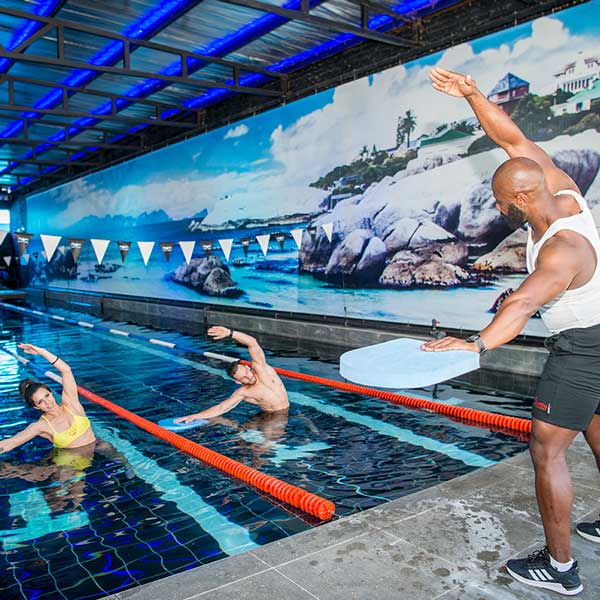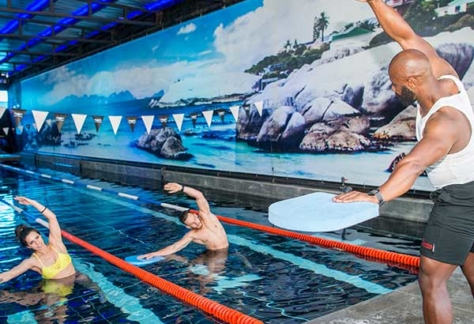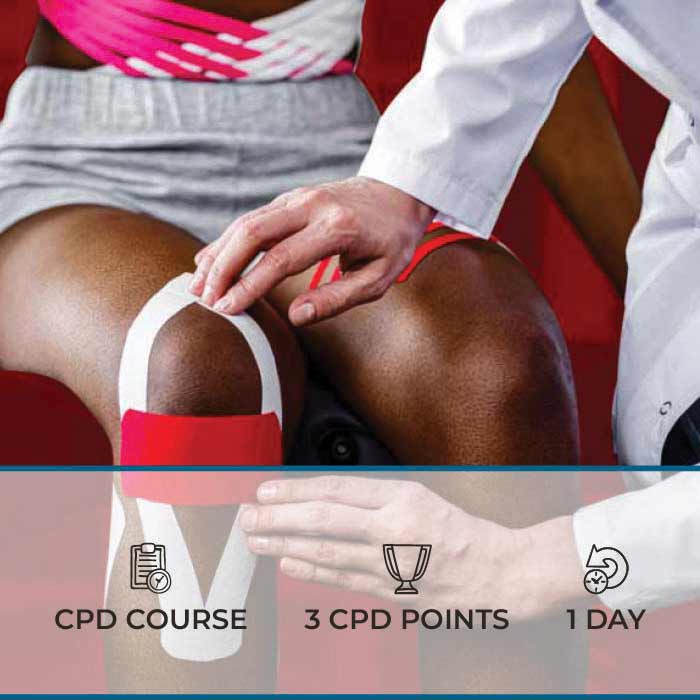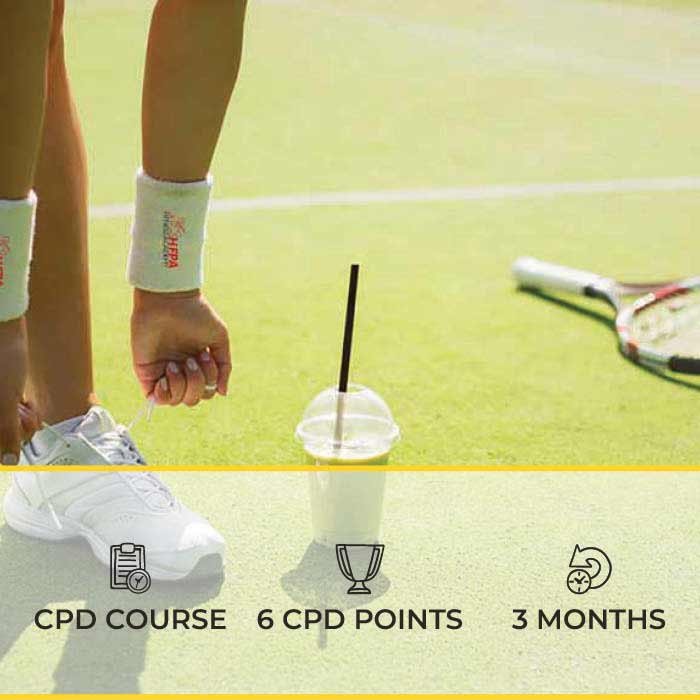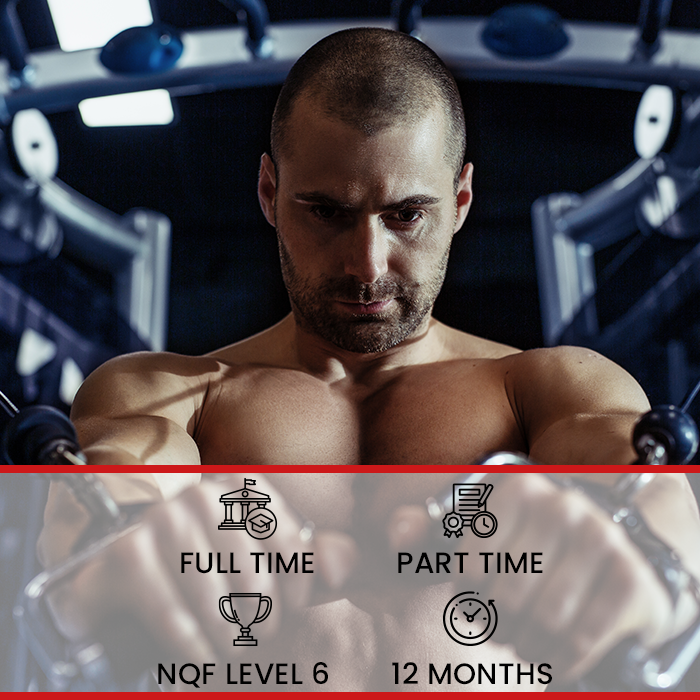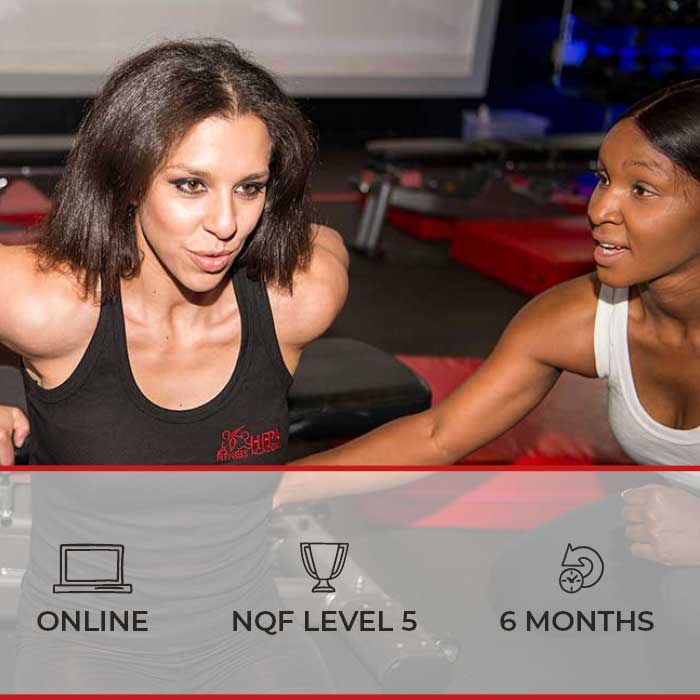AQUA INSTRUCTOR
Practice low impact, water-based training
COURSE CALENDER
Aqua Instructor | Sep Intake
Available Nationwide
Aqua Instructor | Nov Intake
Available Nationwide
CAREER OPPORTUNITIES
- Incorporate aqua aerobics as part of your service offering
- Work with special populations including pregnant clients and the elderly (gentle on the joints)
AQUA INSTRUCTOR
4 DAYS | 12 REPSSA ENDORSED CPD POINTS
Practice low impact, water-based training
CONTACT CPD COURSE
PLEASE NOTE:
- To REGISTER please choose to pay IN FULL or PAY DEPOSIT (and choose payment terms)
- You ARE NOT REQUIRED TO PAY immediately.
- The course you have chosen will be placed in your CART. Thereafter you will continue with the registration process.
- Once you have completed the registration form you will be given the option to: PAY WITH CARD or PAY BY EFT
- If you choose to pay by EFT we will INVOICE you and provide banking details
- Choose to pay with CARD, you will proceed through the PAYMENT GATEWAY
- Course Description
- Subjects & Modules
- Accreditations & Certifications
- Course Requirements
- Payment Terms
Aqua training benefits anyone looking for a different way of exercising. It’s fun, burns calories, relieves stress, improves cardiovascular fitness, and endurance without the use of equipment. Water based exercise classes provide less joint stress not only for healthy individuals, but also for those special populations affected by medical conditions such as arthritis, neck and back problems, strokes and obesity. This type of aerobics may also be more acceptable for the self-conscious overweight exerciser. Become a more versatile trainer by learning how to design and deliver safe, effective and innovative water-based training sessions in a gym or health club environment.
This course Includes:
- Contact course with online assignment submission
- Learner guide
- Hard copy manuals – Anatomy and Physiology, Aqua Instructor
- Additional online resources videos
- Online Tutor support
This course is completed via contact workshops and submitting all assignments using the HFPA Online Learning Platform.
ANATOMY AND PHYSIOLOGY
- Chapter 1: Homeostasis
- Chapter 2: Anatomical Terms
- Chapter 3: Organ Systems
- Chapter 4: Skeletal System
- Chapter 5: The Muscular System
- Chapter 6: The Cardiovascular & Circulatory System
- Chapter 7: The Respiratory System
- Chapter 8: The Nervous System
- Chapter 9: The Endocrine System
- Chapter 10: Energy Systems
- Chapter 11: Adaptations To Physiological Systems With Exercise
- Chapter 12: Principles Of Exercise, Fitness & Health
- Chapter 13: Principles Of Training
- Chapter 14: Cardiovascular Fitness
- Chapter 15: Muscular Strength & Endurance
- Chapter 16: Warm-Up & Stretching
- Chapter 17: Motor Fitness
- Chapter 18: Safety 112
- Chapter 19: Communication
- Chapter 20: Customer Service
- Chapter 21: Introduction To Nutrition
- Chapter 22: Role Players In The Fitness Industry
AQUA INSTRUCTOR Chapter 1: The Aquatic Environment
- Physiology of Water Immersion
- Water and it’s Properties
- Pool Considerations
Chapter 2: Aquatic Equipment
- Categories of Equipment
- Choosing Equipment
Chapter 3: Benefits of Aquatic Exercise Chapter 4: Aquatic Exercise Program Design Chapter 5: Instructing an Aqua Class Chpater 6: Special Populations
- Elderly
- Obese
- Pre- Post- Natal
- Cardiovascular Disease
- Musculoskeletal Disorders
- Metabolic Disorders
- Immunological Disorders
REPSSA CPD Points: 12
- 12 REPSSA ENDORSED CPD POINTS
- HFPA Certificate of Achievement
If you do not hold a fitness qualification you will be required to complete:
- A Basic introduction into anatomy and physiology (self- study module.)
- Capitec Educational Finance
- Card
- EFT

